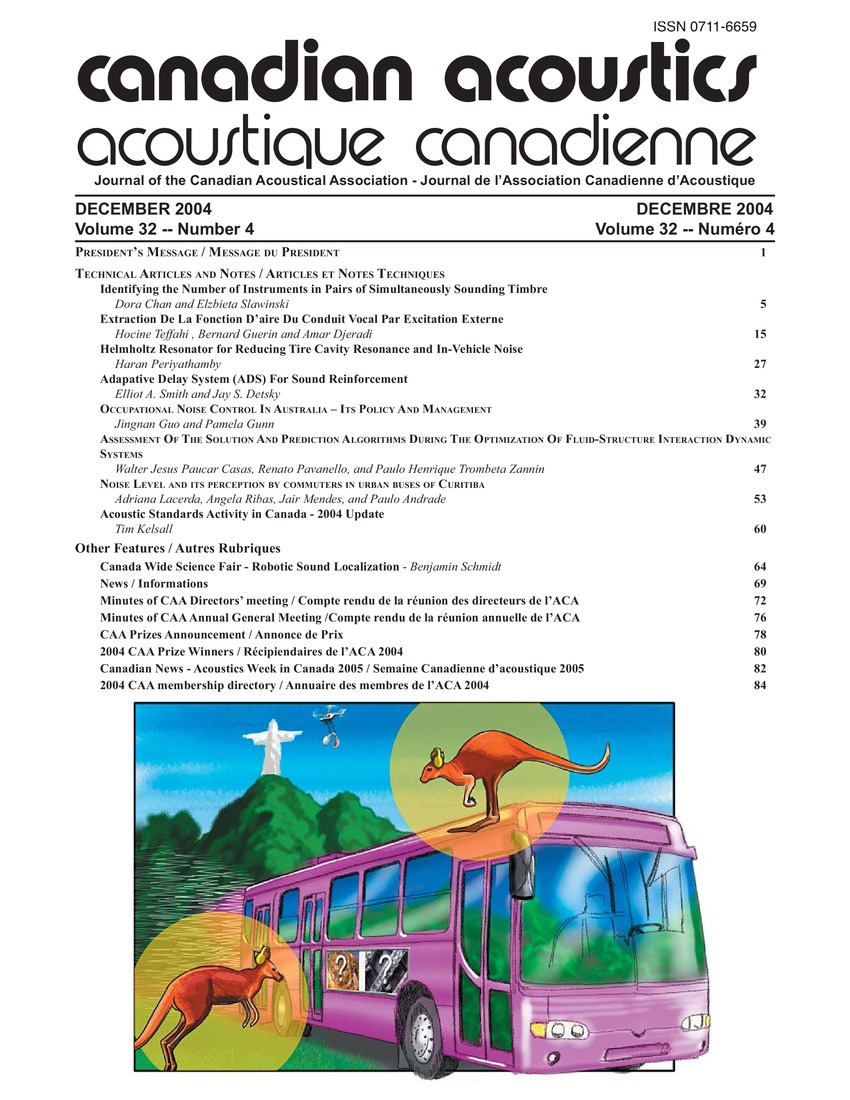Robotic sound localization
Keywords:
Arrays, Delay circuits, Earphones, Microcontrollers, Microphones, Project management, Robotics, Sensors, Circuitry, Polynomial regression, Static arrays, Tracking systemsAbstract
The purpose of this project was to build a system capable of estimating the direction of a sound source using a static array of sensors without measuring time delays. Such a system would aid in tracking a robotic vehicle over a short range and is a prototype for a radio-based tracking system. The project consisted of several parts, the first of which was the construction of an adjustable sound source, providing a constant amplitude and variable voltage. After testing many designs, a crystal earphone and a square wave tone source were used as the sound source. Next, a sound sensor consisting of a microphone and a housing to make the microphone response directional were constructed. Circuitry to convert the amplitude of the sound into a DC voltage, to be able to read by a microcontroller, was built. Several designs for directional sound sensors were tested. By rotating the sensor and sampling at different angles, the data that would be generated by a group of sensors pointing in different directions, was simulated. A static array based on the simulations, consisting of seven sensors arranged radially at 35° intervals, were used for the final design. A second-order polynomial regression was used as the basis of an algorithm to estimate the angle to the sound source. Experiments to determine the effect of the signal frequency, sampling protocols and microphone housing design on the accuracy of the angle estimates, were conducted. The best results were obtained for a frequency of 2.15 kHz. At distances of 50cm-100cm, the final array design was able to locate the direction of the sound source with an accuracy of about ±3°.Additional Files
Published
How to Cite
Issue
Section
License
Author Licensing Addendum
This Licensing Addendum ("Addendum") is entered into between the undersigned Author(s) and Canadian Acoustics journal published by the Canadian Acoustical Association (hereinafter referred to as the "Publisher"). The Author(s) and the Publisher agree as follows:
-
Retained Rights: The Author(s) retain(s) the following rights:
- The right to reproduce, distribute, and publicly display the Work on the Author's personal website or the website of the Author's institution.
- The right to use the Work in the Author's teaching activities and presentations.
- The right to include the Work in a compilation for the Author's personal use, not for sale.
-
Grant of License: The Author(s) grant(s) to the Publisher a worldwide exclusive license to publish, reproduce, distribute, and display the Work in Canadian Acoustics and any other formats and media deemed appropriate by the Publisher.
-
Attribution: The Publisher agrees to include proper attribution to the Author(s) in all publications and reproductions of the Work.
-
No Conflict: This Addendum is intended to be in harmony with, and not in conflict with, the terms and conditions of the original agreement entered into between the Author(s) and the Publisher.
-
Copyright Clause: Copyright on articles is held by the Author(s). The corresponding Author has the right to grant on behalf of all Authors and does grant on behalf of all Authors, a worldwide exclusive license to the Publisher and its licensees in perpetuity, in all forms, formats, and media (whether known now or created in the future), including but not limited to the rights to publish, reproduce, distribute, display, store, translate, create adaptations, reprints, include within collections, and create summaries, extracts, and/or abstracts of the Contribution.


